This is part 2 of a 3 part series.
It’s easy to say “we are not suspending our kids”, knowing that the number of suspensions directly correlates to the number of incarcerations. But without a plan for transformative discipline, the ensuing chaos disrupts learning. We can impact whole communities by ensuring that our discipline protocols keep our kids on campus, and empower students to own and manage their own behavior with strategic, caring guidance. When we take ‘not suspending kids’ seriously, we provide them with the tools they need to be successful members of the learning community and of society.
From last week: A Whole Child Framework
Restorative practice is a holistic framework for comprehensive culture shifts that impacts students, staff, parents and every member of the learning community in and beyond the school walls. This holistic approach takes what we know from SEL and trauma informed practices and puts stakeholders in the driver’s seat. In the classroom that means respecting and valuing each community member and centering dignity and respect to help everyone think about how their actions affects others. This kind of #bettertogether approach, when consistently implemented, impacts the ‘whole child’.
In order to keep each child and the learning community healthy as a whole, those who engage in what is known as harm causing behaviors have a function, as do those who have been affected. Start with the student who caused harm and depending on the level of harm and the class climate, have the discussion in class with a talking stick or piece. (The practice of talking circles originates with indigenous peoples and you can watch this video to learn more about its history and how not to venture into the waters of cultural appropriation.) I didn’t use a centerpiece or a stick but I did use a ball made of tape. The understanding was, as with a talking stick, that the holder of the ball deserved the absolute attention of everyone else in the circle. I found that students liked to catch the ball, so they volunteered to talk.
Restorative Practice Questions
Why did you think that was a good choice/Why did you make that decision? How did that choice affect others? Who did it affect? How can you provide scaffolding and sentence stems to help the person who caused harm to take ownership of their choice? By having intentional conversations, either one on one or with other students, those who cause harm can begin to see themselves as empowered rather than seeing themselves as “the bad kid”.
Join #SmallBites next week for part 3 when we’ll delve into more questions and scenarios to help with the uptick of “behaviors” educators have seen this year.
Learn More:
Everyday building blocks of transformative justice
